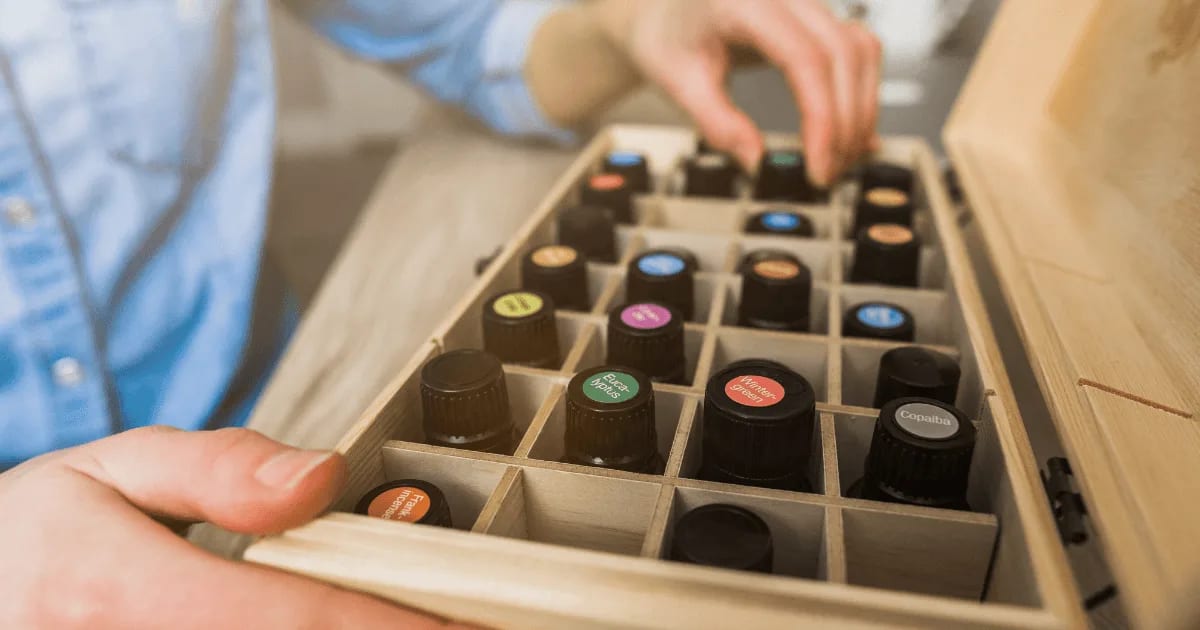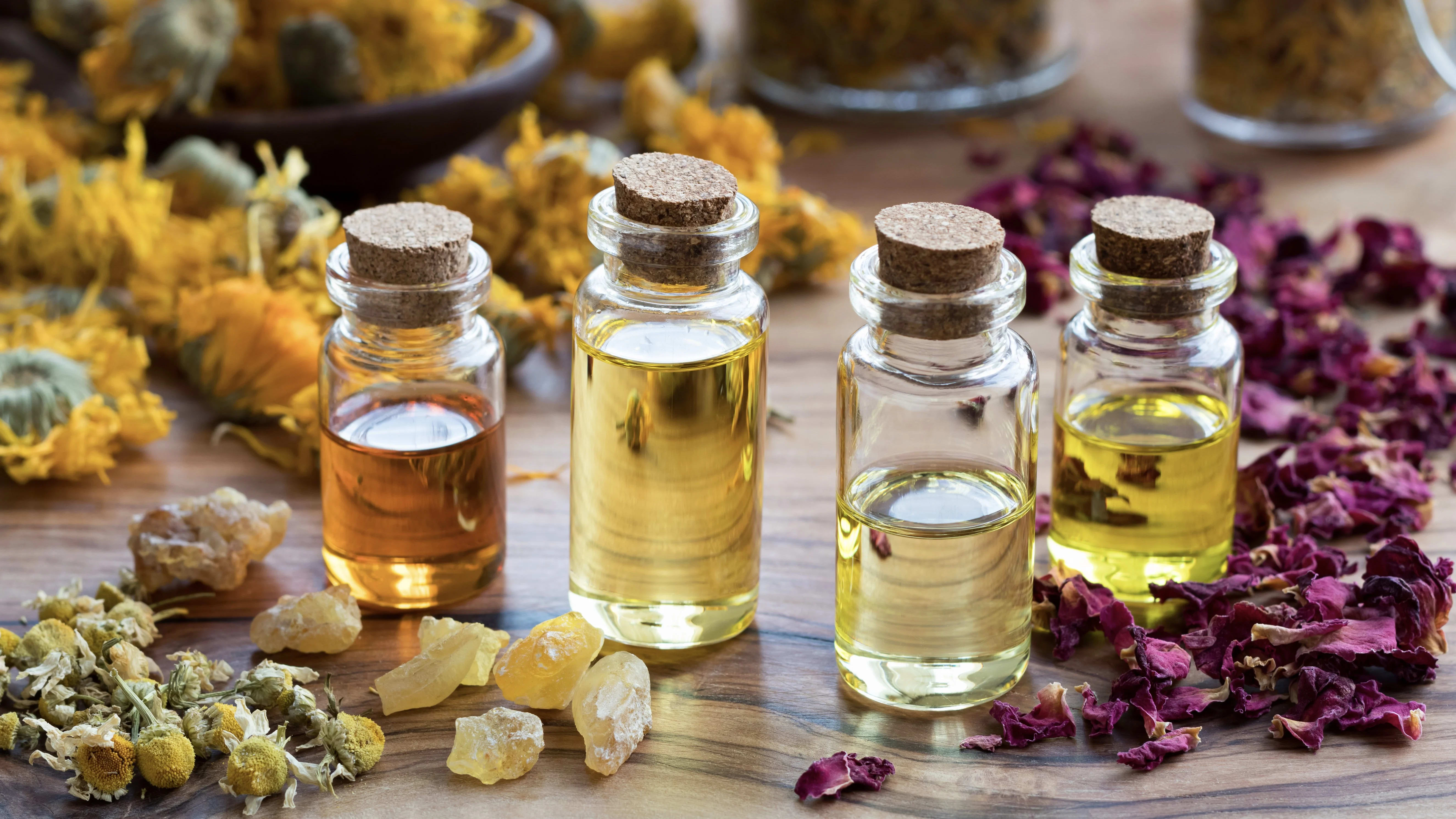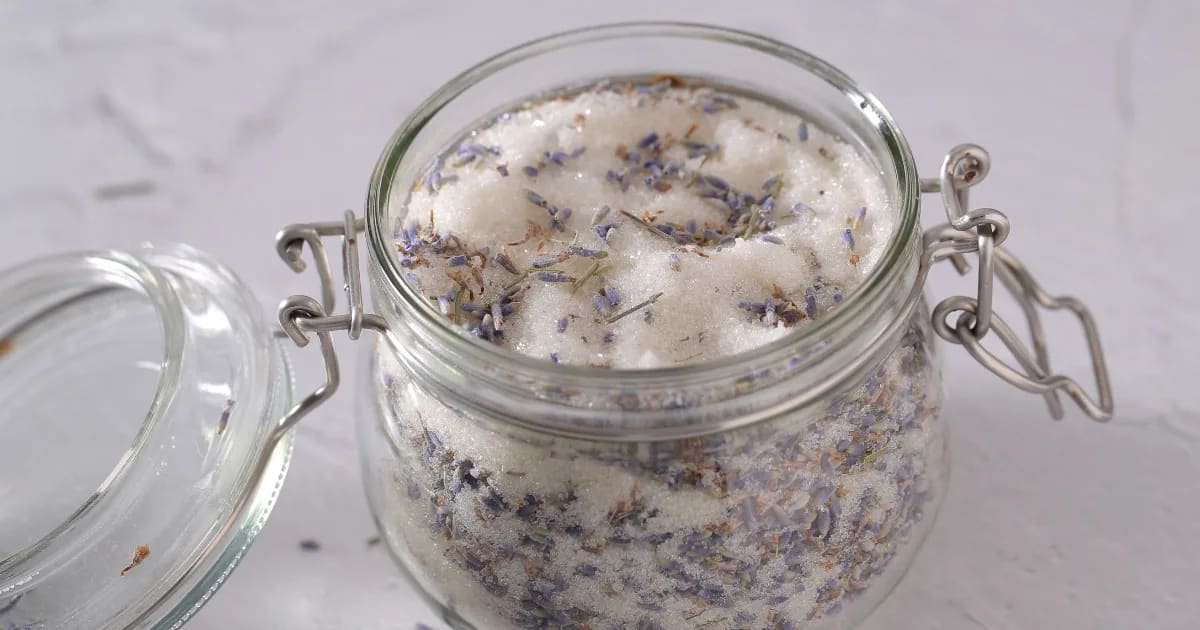Refresh Your Citrus and Conifer Essential Oil Collection

Spring is the perfect time to rejuvenate and renew!
Not only our surroundings but also our essential oil collection can benefit from a springtime rejuvenation! To ensure that we receive the optimal therapeutic benefits from our essential oils, it is crucial to keep them vibrant and use them within their shelf life. Proper care and storage can significantly impact the longevity and effectiveness of these aromatic treasures. In this lively and informative blog post, we're shining a spotlight on the bright and invigorating citrus and conifer essential oils. Bursting with high monoterpene content, these oils demand a little extra TLC to keep them at their best.
As we delve into the world of conifer essential oils, we'll uncover the secret behind their longer shelf life compared to citrus oils. The added families of monoterpenols and esters in conifer oils not only contribute to their therapeutic properties but also boost their stability, ensuring you can enjoy their delightful scents and benefits for longer.
So, let's embark on this fragrant journey together and give our essential oil collections the spring makeover they deserve!
Why Focus on Citrus and Conifer Essential Oils?
Citrus and conifer essential oils have unique chemical compositions that make them particularly susceptible to oxidation and deterioration over time. They contain a high percentage of monoterpenes, volatile compounds that evaporate quickly and oxidize when exposed to air, light, and heat. This oxidation process can alter the aroma and therapeutic properties of the essential oils, diminishing their effectiveness.
Shelf Life and Storage Tips
Citrus essential oils, including lemon, lime, grapefruit, and orange, generally have a shelf life of 1-2 years, depending on storage conditions. In contrast, conifer essential oils like pine, spruce, and fir enjoy a longer shelf life of 3-4 years, thanks to the presence of monoterpenols and esters.
Although the terms monoterpenes, monoterpenols, and esters may seem complex, they represent chemical families that help us classify the components found in our essential oils. By understanding these chemical families, we can better organize our collection and gain insights into each oil's therapeutic properties based on numerous research studies. These studies offer valuable information on the benefits we can expect from essential oils with specific chemical components.
Keeping track of shelf life is crucial because adhering to the recommended storage practices for all essential oils allows us to maximize their benefits and preserve their therapeutic properties.
To prolong the freshness and quality of your citrus essential oils, follow these storage tips:
1. Keep your oils in a cool, dark place away from direct sunlight, heat, and humidity.
2. A temperature-controlled environment is ideal.
3. Store your oils in dark, amber-colored glass bottles to protect them from light exposure.
4. Ensure the bottle caps are tightly closed to minimize air exposure.
5. Consider using smaller bottles to reduce the time between opening and finishing the oil.
6. Keep a record of the purchase dates of your essential oils to track their shelf life.
Conclusion:
As spring approaches, take the time to do a thorough inventory of your essential oil collection, especially your citrus and conifer essential oils. Examine their aroma, appearance, and consistency, and replace any oils that have lost their freshness or potency. By understanding the unique properties and families of these oils, you can follow the proper storage and maintenance tips to ensure that you continue to enjoy their incredible benefits throughout the year. Happy spring cleaning!





